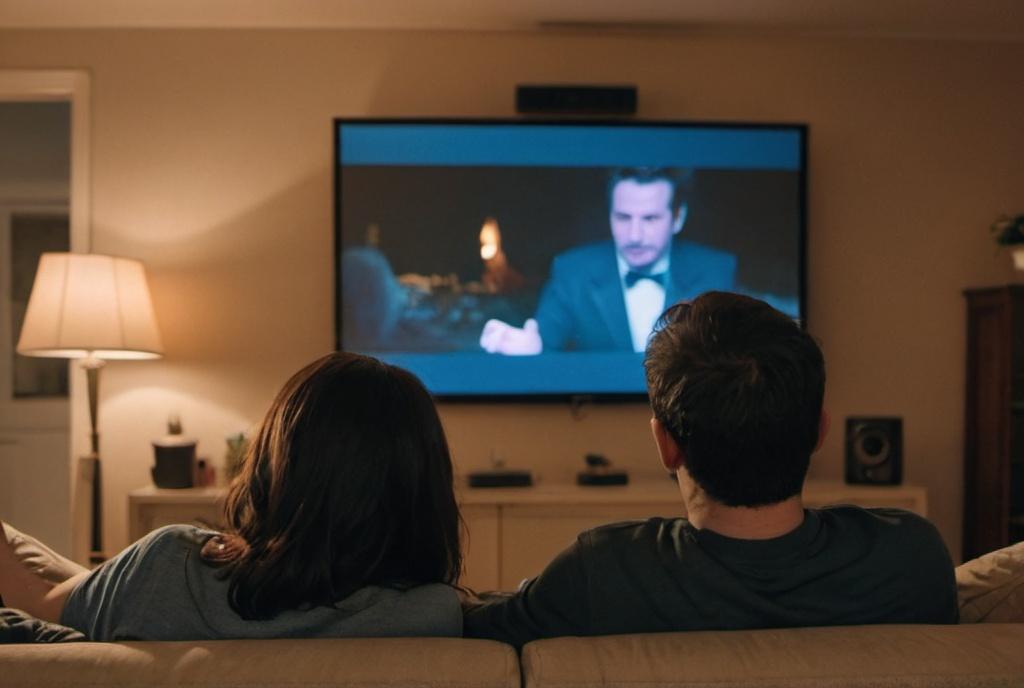
Key Take Aways About movie trailer editing
- Art and Science: Movie trailer editing is both artistic and strategic, crafting a short, intriguing story.
- Emotional Impact: Uses music, dialogue, and timing to evoke emotions, akin to a musical crescendo.
- Footage Selection: Chooses impactful scenes without revealing the full plot.
- Budget Considerations: Trailer budgets can rival films, reflecting studio confidence.
- Music Investment: High-quality tracks are often essential despite their cost.
- Analytics and Engagement: Data guides trailer effectiveness and audience response, with social media offering additional insights.

The Basics of Movie Trailer Editing
Movie trailers have the unique task of grabbing your attention and convincing you that the full movie is worth your time and money. This process is a delicate balance of art and science. The editors behind these trailers are the unsung heroes, piecing together snippets to create a compelling narrative.
Storytelling Through Editing
Editing a trailer is like telling a short story—you need a beginning, middle, and end, but all under two minutes. You gotta hit those beats quick, but leaving enough mystery to make you wanna see more. Trailer editors are like those who hit the dance floor early—confident enough to get things moving but smart enough not to overdo it.
Creating Emotional Impact
Ever noticed how a trailer can make you feel excited or anxious in just a few seconds? Editors use a mix of music cues, dialogue snippets, and perfectly timed cuts to evoke emotions. They’re experts at pressing emotional buttons like a master pianist hitting a crescendo. You might not even notice it, but your pulse definitely does.
Choosing the Right Footage
The footage chosen for a trailer is a bit like picking which band member gets the solo in a song. You want the flashy parts, but you gotta make sure they fit within the whole ensemble. Editors sift through hours of film to find scenes that hint at the drama, comedy, or action without giving away the whole plot. It’s like finding the right emojis for your texts—just enough to convey the mood without spelling it all out.
The Finances Behind Trailer Editing
Trailer editing doesn’t just work on creativity alone; there’s a business side that requires just as much savvy. The budget for a trailer can rival that of the indie film itself, depending on how much the studio wants to push its potential blockbuster.
Budget Allocation
Money spent on trailers often reflects the studio’s confidence in the film. Big blockbuster equals big bucks for the trailer. It’s like betting big in a poker game when you think you’ve got a winning hand. Editors might find themselves working within tight budgets, necessitating smart choices like minimizing reshoots or relying heavily on visual effects.
Investing in Music and Sound
Music in trailers often resembles the secret sauce in grandma’s recipe—usually the key ingredient that makes you go “mmm”. You might hear a killer remix of a classic or a heart-thumping original score. These tracks can be pricey, but they’re often worth every penny for the right mood.
Trending Techniques and Effects
Ever noticed how certain trailers have a “look” or feel that’s all the rage? Well, it’s not just you. Editors often borrow visual styles from popular culture to give the trailer a more current vibe. It’s like how fashion designers might draw inspiration from streetwear—smart because it keeps things fresh and relevant.
The Role of Analytics in Trailer Production
Yes, data geeks also have a say in this creative process. Studios use analytics to predict how a movie trailer might perform before it even hits the screen. By analyzing past trailer performances, they can tailor content to better hit audience expectations.
Viewer Engagement Metrics
Analytics don’t just tell us how many times a trailer gets viewed but also how audiences engage with it. Are people skipping it too soon? Watching it multiple times? This data can influence everything from the length of a trailer to the style of voiceover. Picture it as checking Yelp reviews before choosing a restaurant—helpful for fine-tuning the experience.
Social Media Buzz
Trailers today are often released online before they hit theaters, generating buzz on platforms like YouTube, Twitter, and Instagram. Watching how these trailers generate conversation can give studios insights into how their movie might perform. Social media metrics can be like eavesdropping at a party—offering clues about what people are really interested in.
Feedback Loops
Once a trailer is out in the wild, studios pay close attention to feedback—which scenes were loved, what flopped, and any unexpected reactions. It’s almost like getting critique on a first draft—you want to know what works and what doesn’t so you can adjust future releases accordingly.
Movie trailers are more than just bite-sized films; they’re complex products that synthesize creativity and market strategies. Whether you’re in it for the artistry or the business, remember that every trailer is just a tiny taste of what could be a cinematic experience worth investing in.



